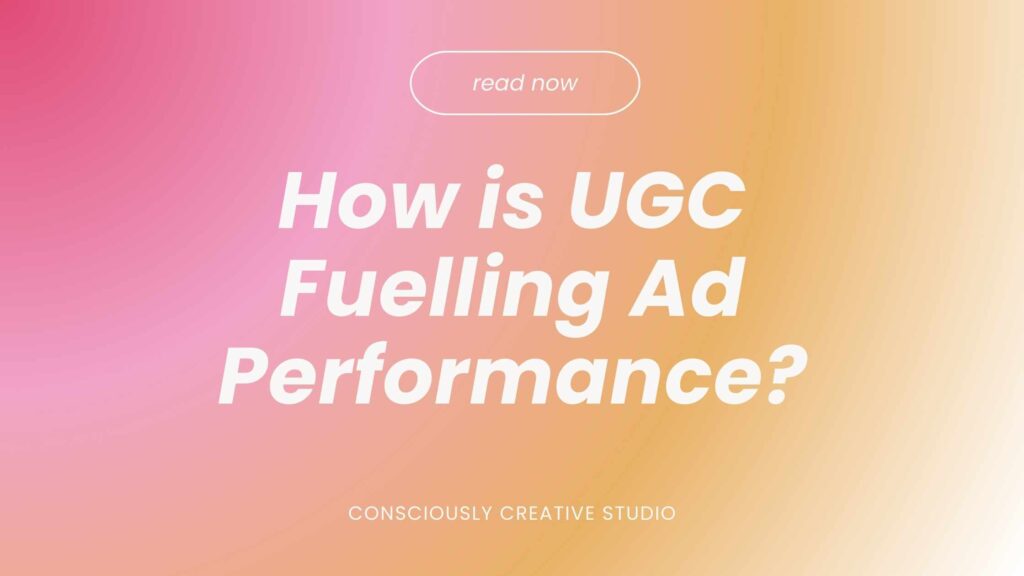
How is UGC Fuelling Ad Performance?
The rise of UGC and vertical video
To understand why user generated content is fuelling ad performance, we must first understand why UGC content is so prevalent on social media.
User generated video content is now so prevalent, it’s easy to forget that this wasn’t always the case, before Snapchat’s release in 2011, our feeds were full of glossy brand content and over filtered photos from users.
Snapchat paved the way for platforms like TikTok and Instagram to prioritise video content within our timelines. There was an attention war and the platforms used engagement, and the benefitted users (and brands) for uploading video content. Features like Stories which all platforms took advantage of quickly changed user behaviour, moving away from photos or horizontal videos, to what we see today, short form, (sometimes) quickly made vertical video content.
In a 2023 report, Meta shared a staggering fact which highlights the growth of UGC, mobile first vertical content: 2 billion Reels are shared on their Facebook and Instagram platforms each day, that number has also doubled in 6 months. Not only is vertical UGC video the format of choice for users, it is increasing in popularity – it’s clear to see that this format isn’t going anywhere.
How are brands using UGC content to fuel ad performance?
With the introduction of vertical video, there was a land grab for our attention, platforms benefitted users and brands for using their new video formats with engagement, increased impressions and traffic from their content. In return, the platforms grew their video market share, kept users on the platform for longer and therefore increased their own ad revenue by having more available inventory. Because of this, brands saw two advantages to using UGC content across their marketing:
– Increased engagement due to platforms favouring their video content over images
– Improved performance across organic and paid content because of the change in user behaviour with video content.
UGC video content was a new language of users, and brands who quickly learnt this were able to take advantage.
Top tips for creating UGC content to fuel your ad performance?
What is your story, and who is telling it?
With UGC content, the brand is no longer telling the story, the creator is. Why are they wanting to speak to your audience today, do they have a secret to share from their own personal experience, what is the journey they’re going to take the user on? Who is the creator, how do their demographics align with your audience, are they similar to your current customer base?
Grab attention and hold it.
The hook is the most important part of your content, without it, users will scroll past until another piece of content grabs their attention. Research shows that the hook lives within the first six seconds, we challenge that and believe attention is either retained or lost within the first two seconds.
Test and learn.
A huge benefit to user generated content is the pace at which you can ideate, create, launch and learn. Within minutes or hours you can understand how the content is performing with users, within days it’s possible to have iterated numerous times on a single idea. Engagement rate, click through rate, conversion rate, hook and hold rate are all metrics you can use to understand how users are responding to your content.
